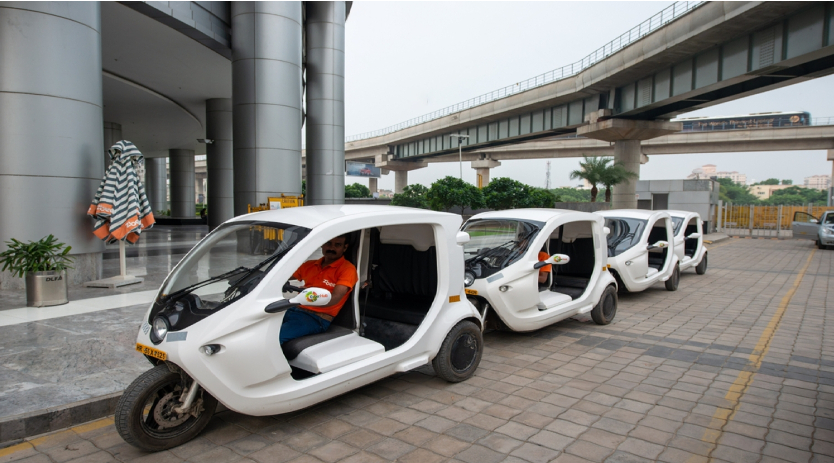igus offers customers a high degree of design freedom with 2-component 3D printing
October 29, 2020 1:17 pm
Two filaments can be joined together in a single production step to form a lubrication-free and highly stable component
Prototypes, spare parts, tools and small batches: 3D printers of the Cologne-based plastics specialist igus now also produce components with various filaments. Different material properties can be easily combined in this 2-component 3D printing. For example, 3D printing can be used to produce components that require both special rigidity and high wear resistance. This gives companies more freedom and flexibility in design.
3D printing has become a serious alternative to machining processes such as turning and milling in industry. 32 per cent of industrial companies already used the technology in 2019, twelve per cent more than in 2016, according to a study by the industry association BITKOM. And the demands of users are increasing. “In recent years, more and more designers have asked us whether it is possible to produce components from several plastics, using 3D printing, in order to achieve special properties,” says Tom Krause, Head of Additive Manufacturing at igus. The solution is Two-component printing (2K). This allows tribo-filaments to be combined with carbon fibre-reinforced filaments. The customer not only receives a particularly low-wear component, but also one that is extremely resilient.
Two-component printing (2K): there are hardly any restrictions from a geometric point of view
“We have now expanded our 3D printing service to include two-component printers (2K), which can work with two different printing materials offering more flexibility in product development. The 2-component printers work with the FDM process. The two molten plastics each flow through a separate pressure nozzle. The 2-component printers can switch between materials at any time during printing, and they merge at the transitions. “There are hardly any restrictions from a geometric point of view,” Tom Krause makes clear. “The materials can enclose themselves, intertwine and alternate in layers.” An exceptional case only arises if the melting temperatures of the filaments differ greatly and no material fusion is possible. In this case, designers can create a form-fit connection such as a dovetail, which connects two areas made of different plastics.
“In the past, this flexibility was impossible in 3D printing”
The filament portfolio includes lubricants and high-performance polymers with fire-retardant, hygienic and antistatic properties, amongst others. Tom Krause: “With 2-component printers we have the possibility to combine the specifications of two filaments in one component.” One example of a 2-component printed part is a gripper element for a machine that screws on lids in the food industry. The body consists of an iglidur filament, which guarantees robustness and wear resistance. The surfaces, on the other hand, are made of a flexible material that provides slip resistance. “With 2-component printing, the user benefits from a material mix,” emphasises Tom Krause. “In the past, the individual parts could only be printed out and put together one after the other. Now it’s much easier and faster.”
Cookie Consent
We use cookies to personalize your experience. By continuing to visit this website you agree to our Terms & Conditions, Privacy Policy and Cookie Policy.


















